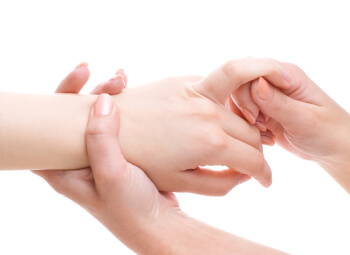When you’re in the hospital, you may long for the comfort of, among other life necessities, human touch. You’re not alone and hospital managements know this. According to a study released recently by the American Hospital Association’s Health Forum and the Samueli Institute, since the year 2000, the number of hospitals offering complementary and alternative medical (CAM) services has tripled. Almost 6,000 hospitals participated. Compare the numbers: In 2000, 14 percent of hospitals offered CAM, while last year’s number increased to 42 percent.
The alternative menu: here or “to go”
The following are most frequently offered on an outpatient basis, usually in urban settings:
- massage therapy
- acupuncture
- guided imagery
- meditation
- relaxation
- biofeedback
Meanwhile, you’ll likely be offered these inpatient services:
- pet therapy
- massage therapy
- music/art therapy
- guided imagery
- relaxation
- Reiki and therapeutic touch

Complentary and alternative therapies deliver hospitals’ healing touch.
Does your insurance cover CAM?
Demand for CAM services is significant, says the report, even though insurers may not cover all services or products. We, the American public, spend approximately $12–19 billion on CAM providers and a total of $36–47 billion on all services and products combined. Hospitals get it: They want to stand out in the crowded marketplace, attract new patients and expand the care provided to existing patients, say researchers. Most CAM modalities—the scope of treatment tools—tend to focus on preventive care and chronic ailments rather than acute conditions.
In conclusion, study authors said, hospitals should take notice of increased demand for CAM therapies because:
• With the aging population—that’s us boomers—there’s greater prevalence of chronic disease, more interest in spirituality and greater demands by us patients for personalized care. Amen to that.
• We patients want to complement our treatment for conditions that are difficult to cure with conventional medicine—cancer, diabetes, AIDS, chronic pain, etc. We want the best that all medicine can offer. And we deserve it.
+++++++++++++++++++++++++++++++++++++++++++++++++++++++++++++++++++++
(Photo courtesy: © Serghei Starus | Dreamstime.com)